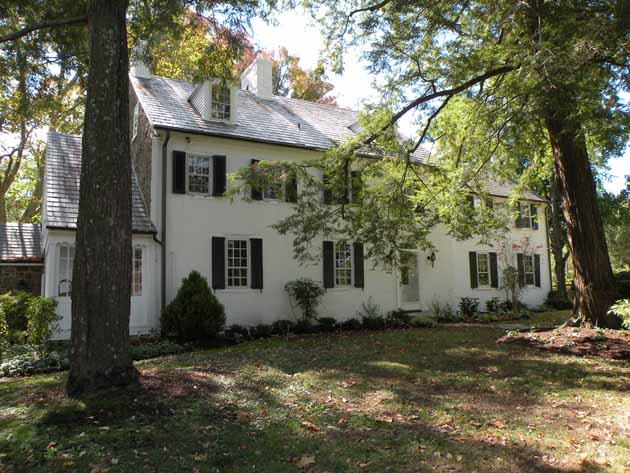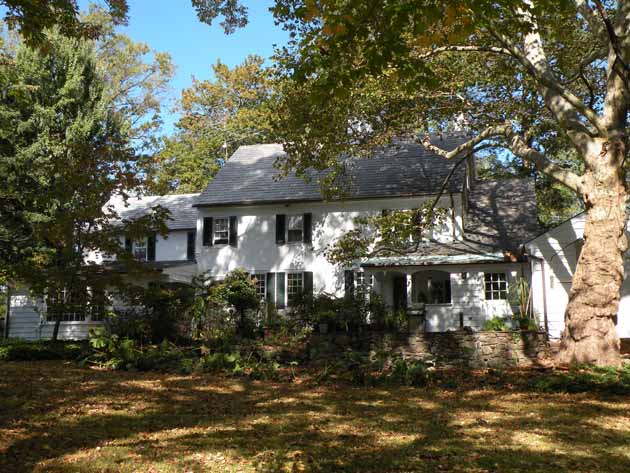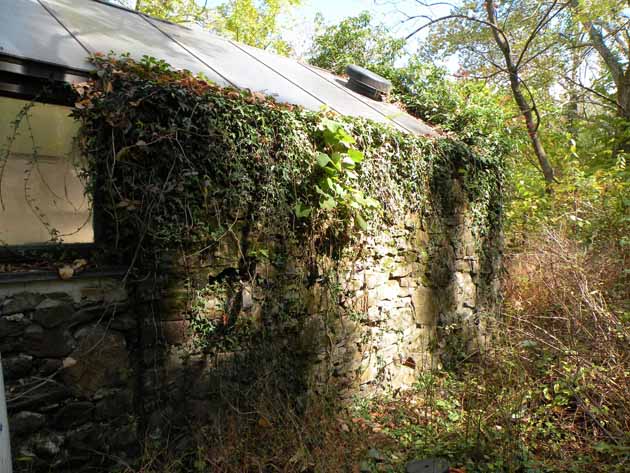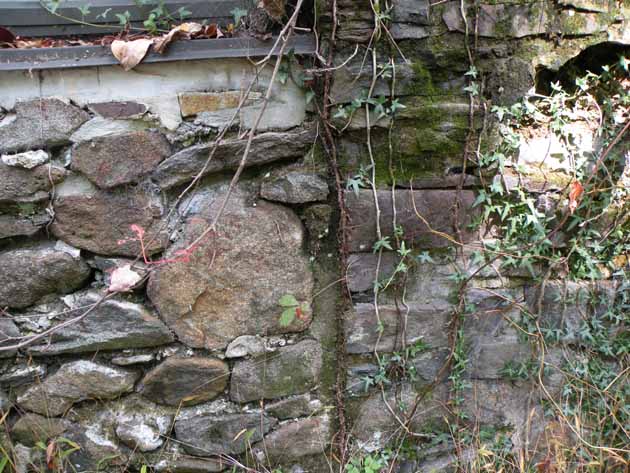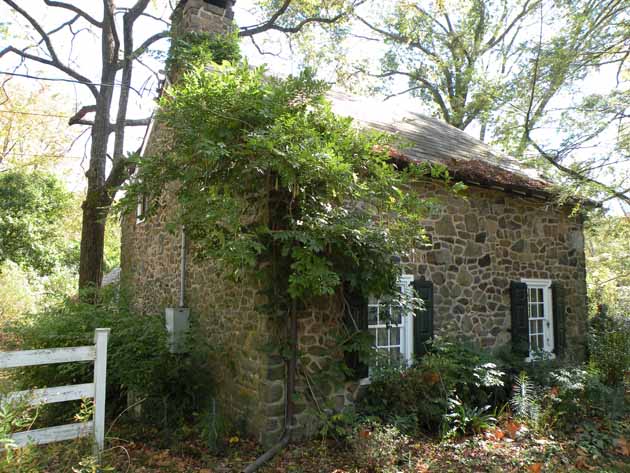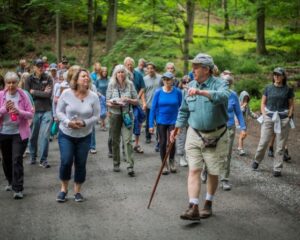Jonathan P. Magill owned a farm on the side of Solebury Mountain on Aquetong Road. He was one of the active participants in the Underground Railroad in Solebury Township. The Magill house was a major station on the Railroad and Jonathan and his family members were important conductors in the area. The spring house still standing today has an addition that was created to hide the fugitives. Jonathan was involved in the Bucks County Anti-Slavery Society and his wife Mary was a member of the Buckingham Female Anti-Slavery Society.
Edward Magill, the son of Jonathan and Mary, wrote the definitive history of the Underground Railroad in Bucks County in his 1898 essay “When Men Were Sold, Reminiscences of the Underground Railroad in Bucks County and Its Managers.” In it he recorded two stories of fugitive slaves in great detail. The first fugitive, Samuel Scott, escaped from Maryland with two cousins and three other men. Magill’s son Watson drove him to a spot near John Blackfan’s farm and sent him on his way. Blackfan gave him the free name Samuel Scott, and Scott found work on Blackfan’s farm for a number of years. His companion, William Stephens, stayed with the Magills.
The second was the story of Rachel Moore, who was a slave near Elkton, Maryland. Rachel was manumitted by her owner, but her six children remained slaves. She succeeded in bringing all six to Bucks County with the help of the Underground Railroad. The family first arrived at the home of William H. Johnson. The Johnson family found homes for the four oldest children with the families of Thomas Paxson, Joseph Fell, Edward Williams, and John Blackfan. Rachel and the two youngest children went to the Magill home and remained there for several years.
William Stephens escaped from Queen Ann County in Maryland with Samuel Scott and five other men, one of whom died on the way north. The men were dispersed around the township, with William going to the Magill.
Edward Magill became a teacher, and ended up serving as president of Swarthmore College. However, the first place he taught was in the barn on his family’s farm. School records show that in the years 1842-1843, Magill’s class included black students Morris and James Frost. The fact that he was operating an integrated school at this time is notable.

